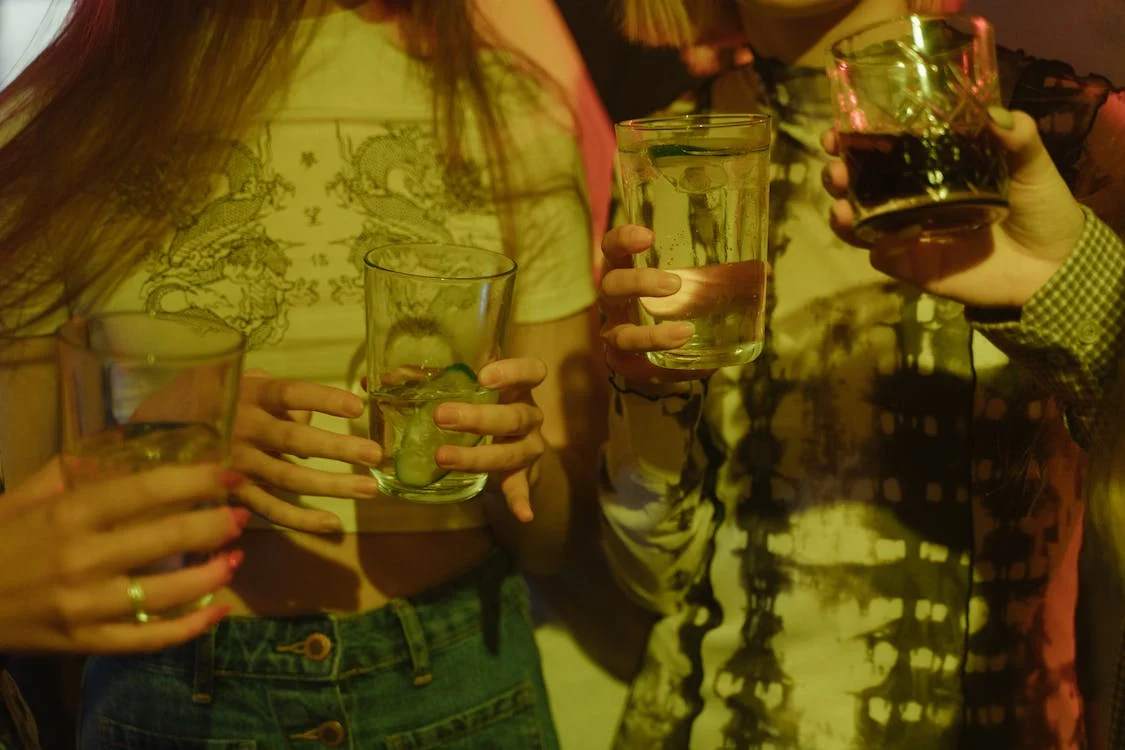A night out presents a challenge: What feels good, what tastes good, and how much can you have while being responsible? Whether you’re into cocktails or drinking things straight-up, there are many ways to enjoy spirits, most of which come down to which spirit’s flavor profile is compatible with your taste buds. Perhaps you wonder, “Is there a liquor store near me?” The production and aging processes have a major effect on how potent drinks are, so let’s start there.
How Is Whiskey Made?
A distillery takes four steps in order to create whiskey. The first step is “mashing.” During this step, the grain that the distillery grows is mashed into a fine meal, mixed with water, and reduced to its sugars. Next, during the “fermentation” step, yeast is added to the mixture, converting the sugar to alcohol. The result of this process is essentially beer, but the “distillation” step moves it along. To distill the “beer” into whiskey, the beer is placed inside a still and heated. Because the boiling point of alcohol is low, it evaporates while leaving water and fragments of grain behind. When whiskey is removed from the still, it’s actually clear, which brings this walkthrough to the final step of “aging.” One must age whiskey in some kind of oak container in order to market the beverage as whiskey. Most of the time, these oak containers are barrels. This aging process creates the brown color people know and love.
Whiskey is a complex drink, offering the tastes of beer, barrels, and time. Not all brown liquor is the same, but all distilleries perform at least these four steps in some capacity. For example, half the mash in bourbon is made from corn in particular.
How Is Tequila Made?
People refer to tequila as “cactus juice.” Indeed, it’s made from agave, a little round succulent that is reminiscent of a cactus. There are dozens of species of agave, but the only species that can be used for tequila is Agave Tequilana Weber Azul. Many refer to it as “blue agave,” and it thrives in hostile soil. Tapping into agave’s succulent property is what allows for the production of tequila.
Harvesting is involved, requiring the assistance of jimadors, wielders of special knives who chop the agave and prepare it for extraction of the juice. Agave fruits may be quartered or halved to speed up the cooking process. Once the starch in each agave fruit is converted into sugar that is capable of fermentation, the fruits are removed from the cooking device and mashed further for purposes of juice extraction. The sugary juice is then removed from the bottom of the mill. As with whiskey, yeast is added to the juice in order to ferment the sugar into alcohol. After fermentation, the distillation process is also similar to that with which to make whiskey, except tequila must be run through a still twice to be called tequila. At about 60 calories per shot, tequila is one of the purest forms of alcohol, maintaining a slight sweetness as it ventures from distillery to bar.
How Is Vodka Made?
First of all, the mash for vodka consists primarily of grain, which is typically rye. Water is mixed in with the mash, and the entire concoction is heated. Again, yeast initiates the fermentation process, turning the mash’s sugars into alcohol. The goal of the distillation process is to remove all flavor. Yes, vodka is not meant to taste like anything.
It is meant to offer a pure, almost bitter flavor. Many enjoy it cold or in cocktails. Only in the past few decades have distilleries expanded into flavored vodkas to complement disparate cocktails. Another drink worth mentioning here is efe raki, which is a Turkish drink made of grapes grown on aegean soil.
How to Stay Safe
A very effective way to drink responsibly is not to drink too much. Stick to one or two drinks per night, and refrain from going over that amount. If you do, be sure you have access to ridesharing or a designated driver. Also, drink an entire bottle of water either before you start drinking or before you go to bed. In order to make you buy more drinks, a bar will not serve you water unless you ask. The bar takes no responsibility for your water intake. In fact, bars use salty menu items so that you subconsciously drink beer out of sheer dehydration. Drinking water eliminates hangovers and keeps you from becoming sick. Another way to limit your alcohol intake is to start drinking late. If you start drinking after eight o’clock, then there are only so many drinks you are going to have. Finally, if you’re going to drink some of the stronger stuff, then drink it earlier in the evening. It’s much harder for the body to metabolize something less concentrated, like lager beer.

